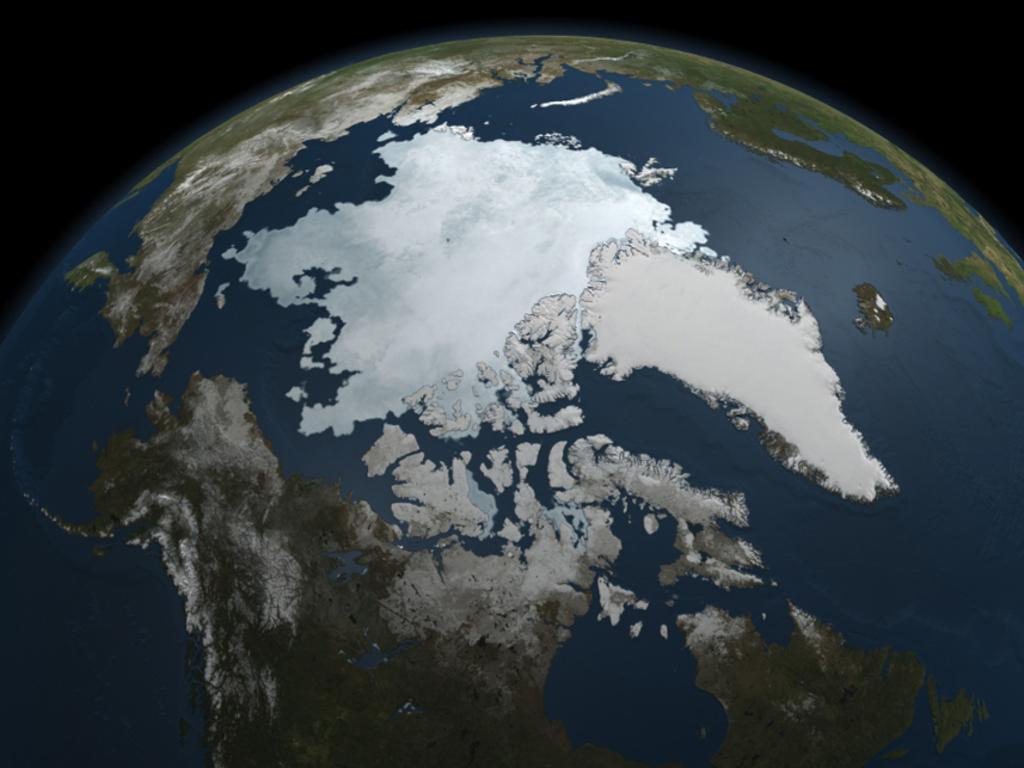Australian weather forecast: More super-scorchers on the way℃
Parts of Australia are likely to get more 50 degree days after the planet had its equal sixth warmest year on record. See where they will be.

Environment
Don't miss out on the headlines from Environment. Followed categories will be added to My News.
Australia was the only continent in 2021 not to have a year inside its top ten hottest ever, new climate reports have revealed.
Observations released on Friday by NASA and the US National Oceanic and Atmospheric Administration (NOAA) show the planet had its equal sixth warmest year on record in 2021.
It was Africa’s equal-third warmest year, Europe’s ninth warmest, South America’s sixth warmest, and Asia and North America’s seventh-warmest.
But according to top-line results from the Bureau of Meteorology, 2021 was officially Australia’s 19th warmest year on record, and our coolest since 2012.
While that might seem like good news, the results come as three locations in WA on Thursday crossed the 50℃ temperature mark, with a station near Onslow recording 50.7℃ – equalling the country’s hottest ever maximum, set in South Australia in 1960.
CSIRO chief research scientist Dr Pep Canadell said Australia would likely get more 50 degree days.
“We’ll see super high temperatures almost for sure, particularly in the west and north of the continent,” he said. “When accompanied by high moisture, that really makes human workability and activity almost impossible, and that’s coming.”
But maybe not coming for all of us straight away. Australia experienced a relatively cool 2021 because of the presence of the La Nina weather effect, Dr Canadell said, and if it persisted into March of April it could prevent 2022 from being a record-breaking hot year.

The Bureau of Meteorology usually issues its full Climate Statement for the preceding year in January, but this year it will do so in February.
However the Bureau did release a few top-line results from its 2021 statement, saying the year was Australia’s wettest since 2016. At the end of 2021 no large parts of the country were in drought – the first time this has happened in five years, the Bureau said.
NASA climate scientists said the global land surface temperature in 2021 was about 1.1 degrees Celsius warmer than the late 19th century average, continuing the long-term warming trend.
“Science leaves no room for doubt: Climate change is the existential threat of our time,” NASA Administrator Bill Nelson said. “Eight of the top 10 warmest years on our planet occurred in the last decade, an indisputable fact that underscores the need for bold action to safeguard the future of our country — and all of humanity.”
Among other observations, the NASA/NOAA reports showed there were 37 hurricane-strength storms recorded in 2021: the lowest tally in more than four decades of records.
Cyclone activity in the Indian, South Pacific and Northwest Pacific Oceans in 2021 was either near average, or a bit below that mark, but above average in the Atlantic and Northeast Pacific Oceans.

Antarctic sea ice reached an average maximum in its growth stage, but Arctic sea ice coverage was again severely diminished, recording its seventh smallest maximum and its 12-smallest minimum.
In the US, there were 20 natural disasters declared, each with a damage bill exceeding $1 billion. This was just slightly behind the record 22 separate billion-dollar natural disasters declared in 2020.
There were 1376 tornadoes recorded in the US in 2021 – above average – with the December tally of 193 nearly double the previous December record of 97, set in 2002.
Originally published as Australian weather forecast: More super-scorchers on the way℃









